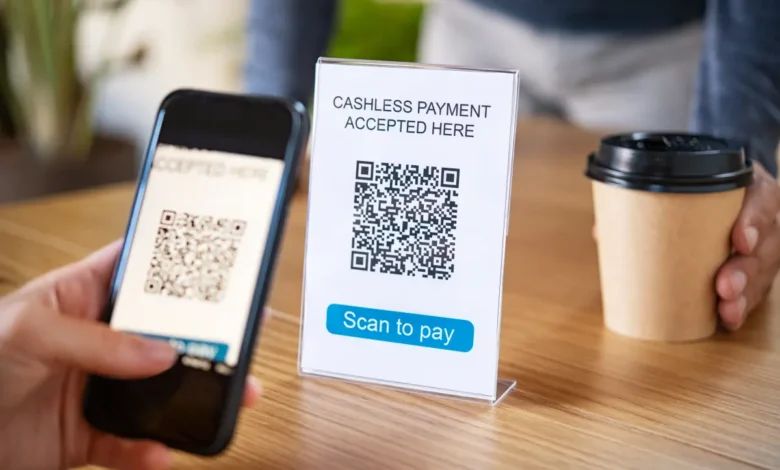Avoiding QR Code Hacks: How to Not Get Hacked by a QR Code
Avoiding QR Code Hacks: QR codes have become a convenient way to access information, but they can also be exploited by malicious actors.

Avoiding QR Code Hacks
QR codes have become a convenient way to access information, but they can also be exploited by malicious actors. Scammers and hackers are finding new ways to take advantage of unsuspecting victims, and quishing attacks are on the rise. Quishing is a combination of “QR code” and “phishing,” where attackers use QR codes to fish for private information and personal details. It’s now important that avoid QR Code Hacks.
How QR Code Hacks Work
QR codes are a common sight in today’s digital age. They translate into website URLs, point to plain text messages, app listings, map addresses, and more. However, these codes can also lead to fraudulent websites, and it’s not always clear which ones are safe. Scanning a QR code will typically bring up a URL, but it’s difficult to determine its safety at first glance.
Creating a QR code is straightforward, and anyone can do it using widely available tools. Malicious actors can create QR codes that point to harmful websites, and then print or email them to unsuspecting victims. They aim to get users to download something that compromises their devices’ security or trick them into entering login credentials that will be relayed straight to the hackers.
To stay protected against QR code hacks, follow the same security precautions you would with emails or instant messages. Don’t trust QR codes from unknown sources, such as suspicious-looking emails or unverified websites. Be cautious when scanning QR codes, especially those attached to menus or flyers. You never know if someone has generated them maliciously.
When receiving messages with QR codes, watch out for urgent or alarming language designed to prompt you into taking action without thinking. Always preview the link before visiting it, and ensure your accounts have two-factor authentication. Keep your personal details up to date, including backup email addresses and phone numbers. Log out of devices you no longer use and delete old accounts you don’t need.
Stay Safe with Up-to-Date Software
Keep your software up to date to take advantage of built-in protections against fraudulent links. Popular mobile web browsers now come with integrated tech for spotting unsafe links. While these protections aren’t foolproof, keeping your browser and mobile OS up to date will improve your chances of getting a warning on screen if you’re about to visit an unsafe location online.
In conclusion, quishing attacks are a new threat in today’s digital world, but they can be avoided by following basic security practices. Stay vigilant when scanning QR codes, keep your software up to date, and remain skeptical when encountering suspicious links or requests for personal information. By being mindful of these risks, you can protect yourself from falling victim to QR code hacks.



